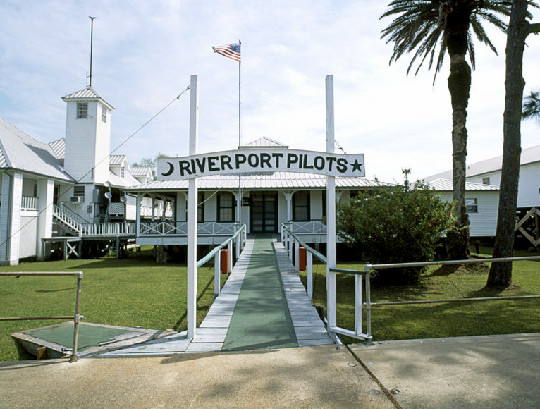| Pilottown: The Last Outpost |
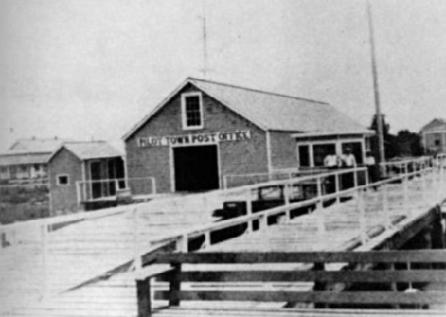

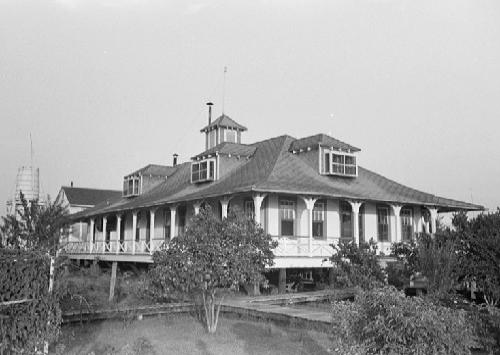
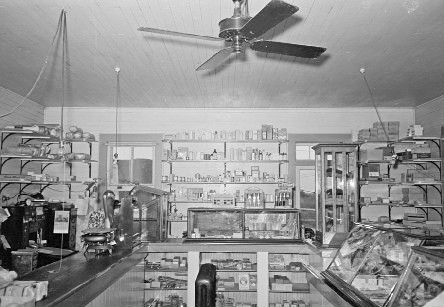
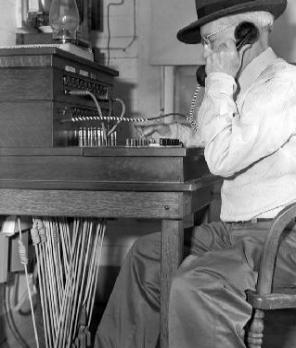
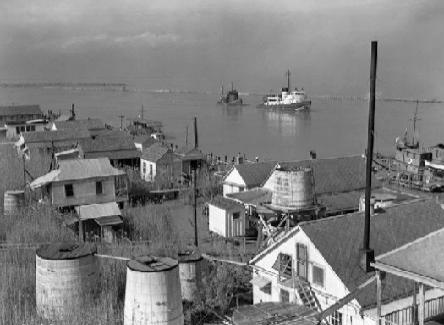
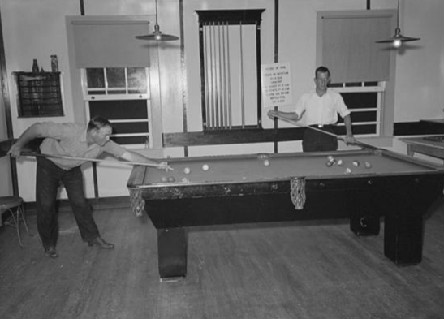
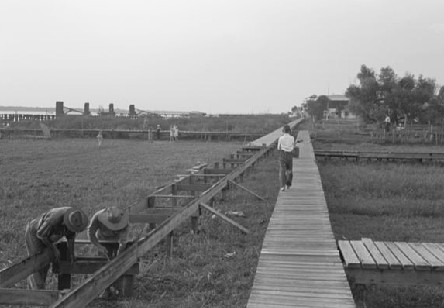
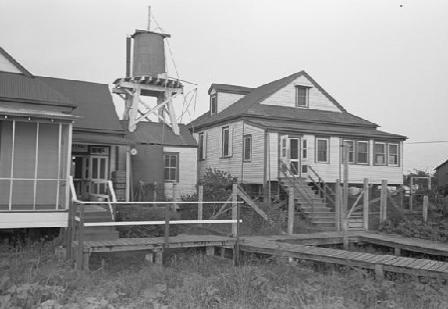
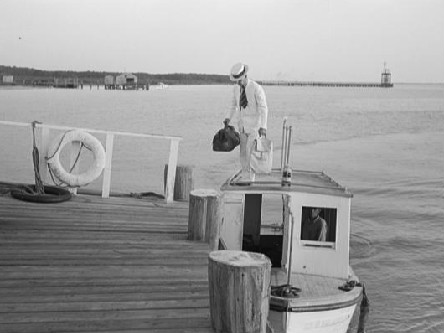
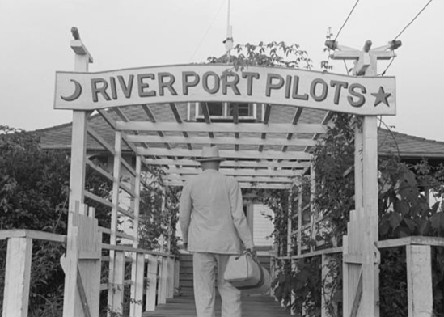
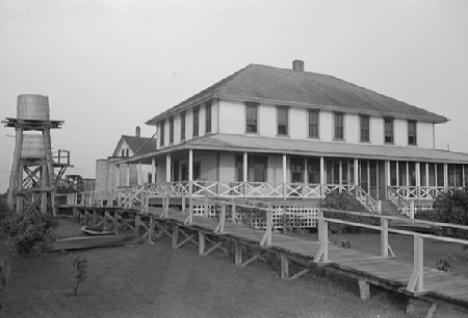
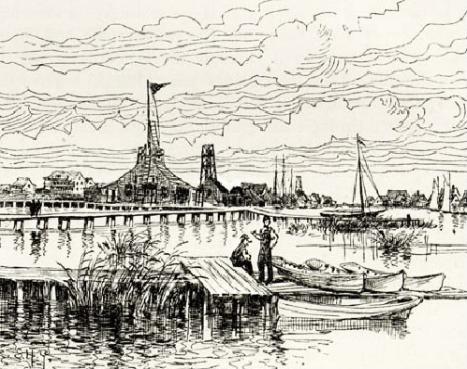
| A sketch of Pilottown, from Mark Twain's "Life on the Mississippi," 1883 |
| Photos on this page are courtesy of: Carol.M.Highsmith.Collection@the Library of Congress, NASA, LaMartin.com, Library.of.Congress.Prints.and.Photographs |
| The link to this page is: http://old-new-orleans.com/NO_Pilottown.html Another page you might enjoy: Vintage Photos of Plaquemines Parish Back to Old New Orleans Whispers - Home |
| The image at the top of the page was taken some time between 1995-2005; same location, the photo directly above, taken in 1946. |
| There's no way to over-state the importance of the local river pilots who guide ocean-going vessels between the entrance of the Mississippi River and the port of New Orleans. This portion of the river is rated as one of the most dangerous, treacherous and most heavily-trafficked routes in North America. |
| From mammoth tankers to cruise ships with thousands of passengers, the pilots guide an average of 6,000 vessels a year, which includes an astonishing 560 million tons of cargo. It's a challenging, pressure-filled job, vital to the economy of the state and the nation, and to the safety of the ships' crews and passengers. |
| Pilottown, in Plaquemines Parish, the river pilots' base of operations for more than 100 years, has been a community as unique as the people who guide the great ships. An isolated spot, available only by boat, in its heyday, it was home to as many as 800 people. For years, it had its own school and post office. |
| Mouth of the Mississippi River from space. Pilottown is located about 2 miles above Head of Passes, where the main stem of the river branches off into the Gulf in 3 distinct directions: Southwest Pass (west), Pass A Loutre (east) and South Pass (center). |
| The river pilots and their families lived at Pilottown until they switched to rotating shifts in the 1960's, which made living away from the remote location possible for the first time. Eventually, only the 2 pilots' associations' headquarters and a smattering of houses remained, most of those belonging to elderly, long-time residents. By the time Hurricane Katrina swept through Pilottown, most people had moved on. |
| For those familiar with the community's history, Pilottown evokes the romantic images of Mark Twain's Mississippi River. The pilots are, in a way, modern Mark Twains - their work days filled with the adventure the writer himself sought on the day he first boarded a riverboat. |
| The pilots have always had adventurous tales to tell about their experiences on the river...from the rough and tumble days of the buccaneers, to the tense years of World War Ii, to the harrowing weeks after Hurricane Katrina. Their true-life stories rival the most exciting fiction in any novel. |
| And Pilottown has seen it all. Don't you wish you could talk to the village's ghosts? -- Nancy |
| Above, Branch pilots' clubhouse, ca. 1938 - Two pilot associations were based in Pilottown: Crescent River Port Pilots, who steer vessels between Pilottown and New Orleans, and the Associated Branch Pilots, who guide vessels between the Mississippi's entrance and Pilottown. |
| A returning river pilot makes his way from pilot boat to dock, 1938. |
| Only the Crescent River Port Pilots' headquarters remain there since Hurricane Katrina in 2005. Below, Crescent River Port Pilots' clubhouse, 1938. |
| Houses in Pilottown are on stilts to accomodate the going and coming of the river. In 1946, James Kalshoven wrote: "Below Venice, Louisiana, the Mississippi River is free of all restraint and does as it pleases. It's a river without permanent banks, |
| spreading over the landscape like a glass of water spilled on a tablecloth. Land and water are not definite distinctions; what is land today, may be submerged tomorrow." |
| Above, river pilots' clubhouse...passing the time between trips. Below, interior of Pilottown general store; both photos ca. 1938. |
| Above, Pilottown post office, 1930's; below, just like the houses, the "sidewalks" had to be on stilts, too; both photos taken in the 1930's. |
| Before texting and instant messaging: In 1946, Pilottown stayed in touch with the rest of the world by way of the old-fashioned telephone switchboard. |
